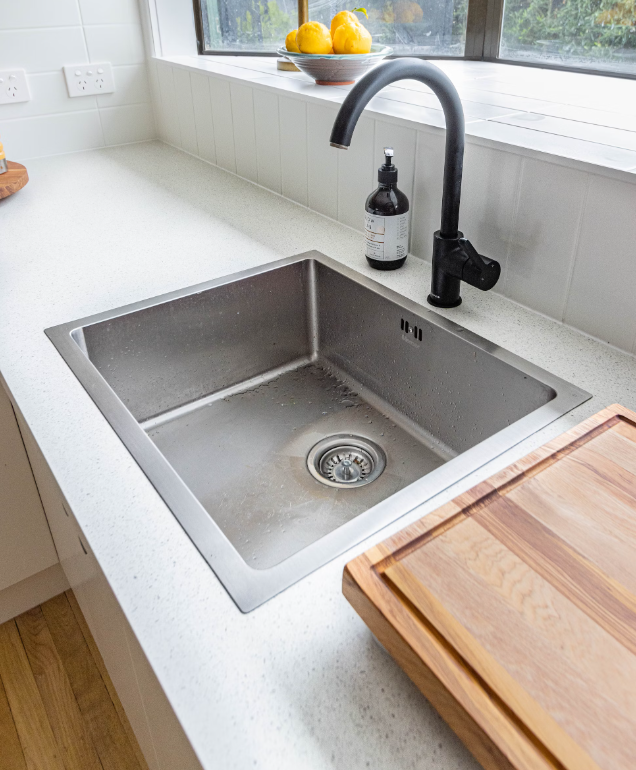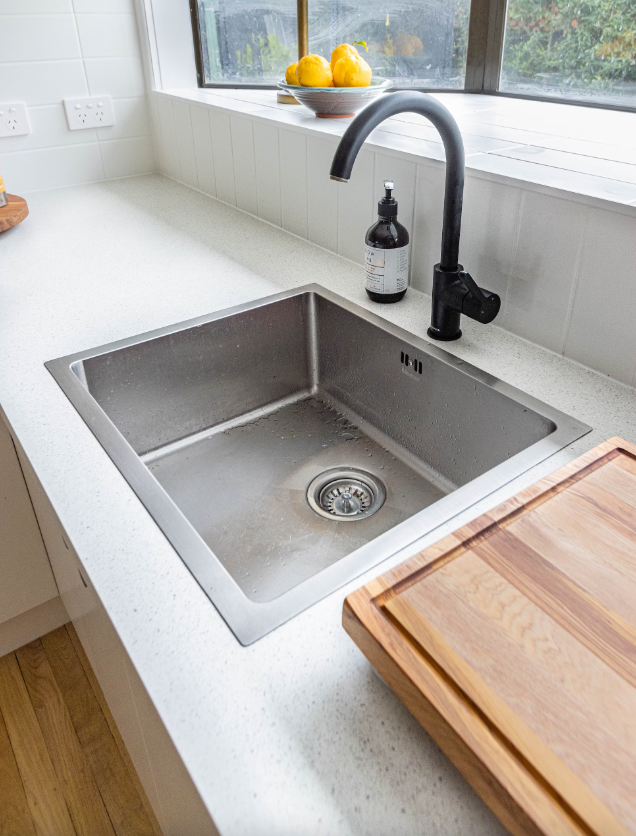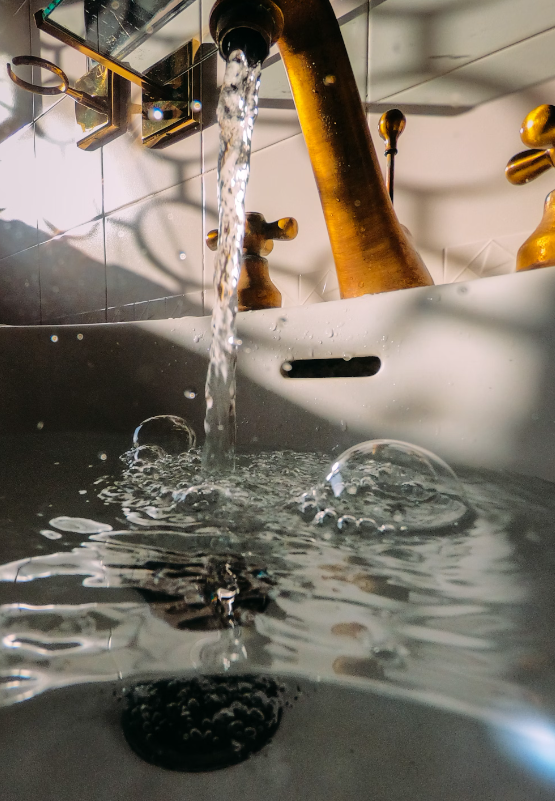Sewer Camera Inspections: What You Should Know

Exploring the fundamentals, expenses, and outcomes of a drain camera inspection.

Plumbing complications can be notoriously elusive. When a water pipe within a wall bursts, the signs are quickly evident as the drywall becomes saturated and mold begins to spread. Similarly, a broken sewer pipe may betray itself over time with damp patches of ground and unusually lush vegetation. However, pinpointing the precise location of a clog in a sewer line is not so straightforward.
In the past, determining where to dig to resolve such issues often relied on well-informed guesswork, leading to multiple trial-and-error holes that were more often off the mark than on target. Now, the preferred approach, which is also relatively economical, is to conduct a drain camera inspection.
This modern technique eliminates the need for random digging. Professionals equipped with drain video cameras and precise locating devices can navigate the camera through the pipes, identifying the exact position of the blockage without the mess and guesswork.
Drain Camera Inspections
A drain camera inspection involves enlisting the services of a private company, typically a plumbing specialist or plumbing company, to insert a video line into the sewer water pipe.
This video line may travel through your branch lines, which are the pipes connecting various fixtures such as bathtubs and faucets to the main house sewer line. Alternatively, it can navigate the main house sewer line, which is the larger pipe linking your home to the municipal sewer line in the street.
Positioned at the end of this line is a camera that provides a close-up, real-time view of the interior of the pipe. Additionally, there is a transmitting device at the end of the line that emits a signal. A locator device, positioned above ground, can receive these signals from the transmitting device, facilitating precise tracking of the camera’s location.
The Benefits of a Drain Camera Inspection
Typically, most homeowners request a drain line camera inspection when they encounter issues like persistent blockages that resist traditional remedies such as plunging, liquid drain cleaners, or augering.
In rarer instances, a homeowner might find it essential to arrange a camera inspection before embarking on a bathroom addition or a kitchen or bathroom remodeling project. This precaution becomes necessary due to the higher volumes of wastewater that will be generated, ensuring that the existing sewer line can accommodate the increased demands without complications.

Comparing Professional and DIY Drain Camera Inspections
Opting for a professional to conduct a drain camera inspection often proves to be more economical than a do-it-yourself approach.
DIY Drain Camera Inspections
The video scopes available for homeowners, designed for inspecting within walls or beneath floors, typically lack the necessary length to probe beyond the initial few feet of a sewer line. Furthermore, these devices may not feature auto-focusing or self-leveling capabilities.
Professional Drain Camera Inspection Services
Plumbing companies utilize drainage camera scopes and locator units. These advanced tools feature robust lighting, self-leveling capabilities to maintain an upright image, high-resolution video capture, and even recording capabilities. Notably, these cameras are equipped with transmitters at the end, assisting technicians in precisely locating blockages.
What You Can Discover During a drain camera Inspection
A comprehensive sewer line camera inspection reveals the interior journey from the trap through to the sewer line, right up to the point of any blockages. Should the camera be able to breach the obstruction, it might continue its journey all the way to where the household line connects to the municipal sewer.
Although the camera typically provides high-resolution images, the feed may appear somewhat erratic since the camera must be manually navigated through the line. Additionally, the lens may occasionally become obscured due to the accumulation of debris.
The camera is equipped with a transmitter for precise location identification. During the inspection, when the blockage is encountered, the technician or plumber will halt the camera’s progression. The technician will then use a locator device at ground level to detect the camera’s transmitter signal. Once located, they can mark the exact spot of the blockage with spray paint. It is at this marked location that you will need to excavate the sewer line to address the issue.
Final Thoughts
In conclusion, sewer camera inspections represent a significant advancement in plumbing diagnostics, allowing for an unprecedented view of the inner workings of a property’s sewer line. They offer homeowners and professionals alike the ability to diagnose issues with precision and speed, eliminating much of the guesswork associated with underground plumbing.
The insights provided by these inspections are not only valuable for immediate problem-solving and drain cleaning but also for long-term maintenance and planning. By understanding the condition of your sewer line, you can make informed decisions about repairs, replacements, and upgrades.
Choose wisely, act swiftly, and remember: the path to a healthy home runs right beneath your feet.








